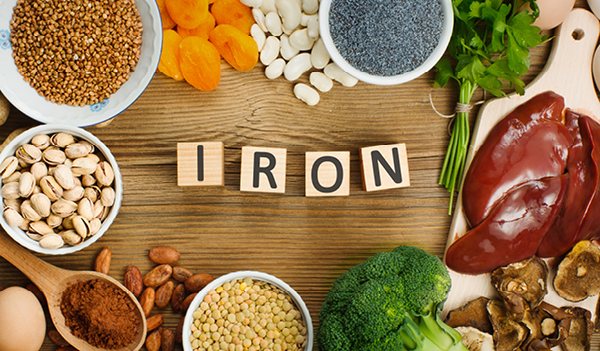Iron is a mineral that serves several important functions, its main one being to carry oxygen throughout your body as a part of red blood cells. It must be obtained through food because it is an essential nutrient. There is an 18 mg Daily Value (DV).
Making sure your diet contains plenty of iron-rich foods is crucial if you want to prevent fatigue. This is because the body need iron, an essential mineral, to create hemoglobin, a type of protein found in red blood cells that carries oxygen from the lungs to the rest of the body. Without adequate iron, we are unable to produce enough red blood cells to carry oxygen throughout the body, which results in health issues and symptoms including excessive fatigue.
Due to blood loss during periods, women are more likely to develop iron-deficiency anemia and may benefit from supplementation. You can also change a few things about your diet to facilitate absorption, including taking the iron with a source of vitamin C.
It is interesting to note that how much iron you have stored influences how much of it your body absorbs. The condition of the digestive tract greatly affects the absorption of iron, It begins in the stomach and mostly occurs in the small intestine. For the beginning of the digestion of proteins and lipids as well as the activation of iron, an adequate secretion of hydrochloric acid in the stomach is required.
Iron deficiency anemia, which can result in fatigue, palpitations, and shortness of breath, can be brought on by a lack of iron. Thankfully, there are many nutritious food options available to help you achieve your daily iron requirements.
1. Spinach
Despite having extremely little calories, spinach has a number of health advantages. Raw spinach contains 2.7 milligrams of iron, or 15% of the DV, in around 3.5 ounces (100 grams).
Although spinach contains non-heme iron, which is poorly absorbed, it is also a good source of vitamin C. This is critical because vitamin C greatly increases the absorption of iron.
Additionally, spinach has a lot of carotenoids, which are antioxidants that may lower your risk of cancer, reduce inflammation, and shield your eyes from illness.
Eat a healthy fat like olive oil along with your spinach since doing so will assist your body absorb the carotenoids from spinach and other leafy greens.
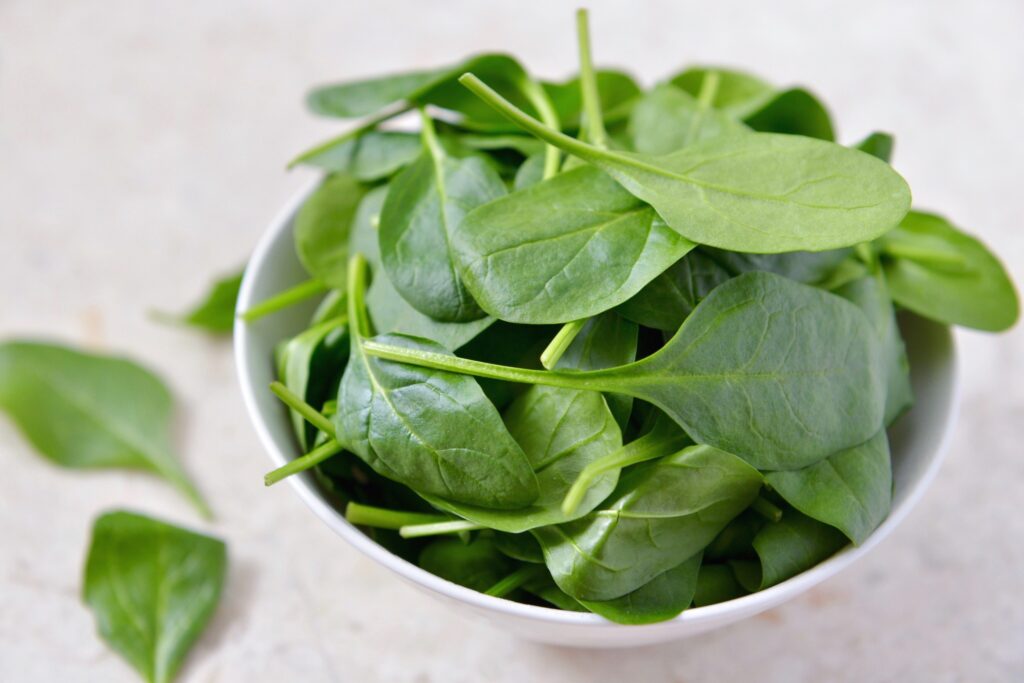
2. Legumes
The nutrients in legumes are abundant. Beans, lentils, chickpeas, peas, and soybeans are a few of the most popular kinds of legumes.
For vegetarians in particular, they are a fantastic source of iron. Cooked lentils contain 6.6 mg, or 37% of the DV, in one cup (198 grams).
Your iron intake can be easily increased by eating beans including black beans, navy beans, and kidney beans.
The amount of iron in a half-cup (86 grams) portion of cooked black beans is really about 1.8 grams, or 10% of the DV. Folate, magnesium, and potassium are all nutrients that are abundant in legumes.
Beans and other legumes can also lessen inflammation in diabetics, according to studies. Those who have metabolic syndrome may reduce their risk of heart disease by eating more legumes.
Legumes might also aid with weight loss. They include a lot of soluble fiber, which might make you feel fuller and eat less calories.
A high-fiber diet incorporating beans was demonstrated in one study to be just as effective for weight loss as a low-carb diet. Consume legumes along with vitamin C-rich meals like tomatoes, leafy greens, or citrus fruits to increase iron absorption.

3. Shellfish
Shellfish is delectable and healthy. Despite the high iron content of all shellfish, clams, oysters, and mussels are some of the best options.
For instance, up to 3 mg of iron, or 17% of the DV, may be found in a 3.5-ounce (100-gram) serving of clams. Clams’ iron concentration, however, varies greatly, and certain varieties may have substantially lower levels.
The heme iron contained in shellfish is easier for your body to absorb than the non-heme iron present in plants.
3.5 ounces of clams provide 26 grams of protein, 24% of the daily value (DV) for vitamin C, and a staggering 4,125% of the DV for vitamin B12.
In actuality, every shellfish is rich in minerals and has been demonstrated to raise your blood’s level of heart-healthy HDL cholesterol. Even though there are valid worries about mercury and toxins in some fish and shellfish, the advantages of eating seafood outweigh the risks by a wide margin.
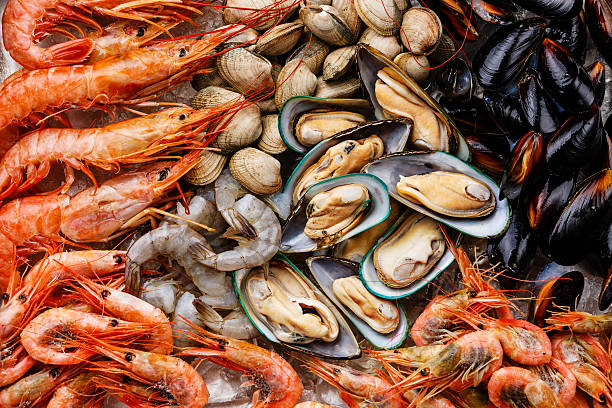
4. Red Meat
Red meat is a rich source of haem-iron and is probably what people think of when they think of iron (the type of iron we get from animal sources our bodies more easily digest).
Lamb provides 1.55 mg of iron per 100 g, compared to 3.5 mg in beef steak. A study published in the Journal of Nutrition found that limiting your intake of red meat will help to lower your risk of cardiovascular disease and lengthen your life. Research has proven, however, that consuming a lot of red meat isn’t so good for our health.
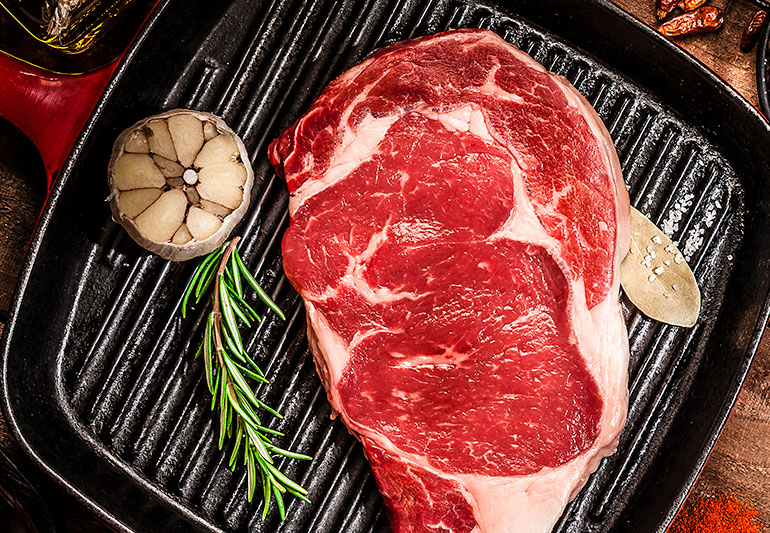
5. Organ Meats like Liver and others
Organ meats are very nutrient-dense. Popular organs with a high iron content include the liver, kidneys, brain, and heart.
For instance, 3.5 ounces (100 grams) of beef liver contain 6.5 milligrams of iron, or 36% of the daily value. Also, organ meats are high in protein, copper, selenium, and vitamins B.
Vitamin A content in liver is very high, with a whopping 1,049 percent of the DV per 3.5-ounce serving. Additionally, organ meats are among the richest sources of choline, which many people do not receive enough of yet is crucial for the health of their brains and livers.
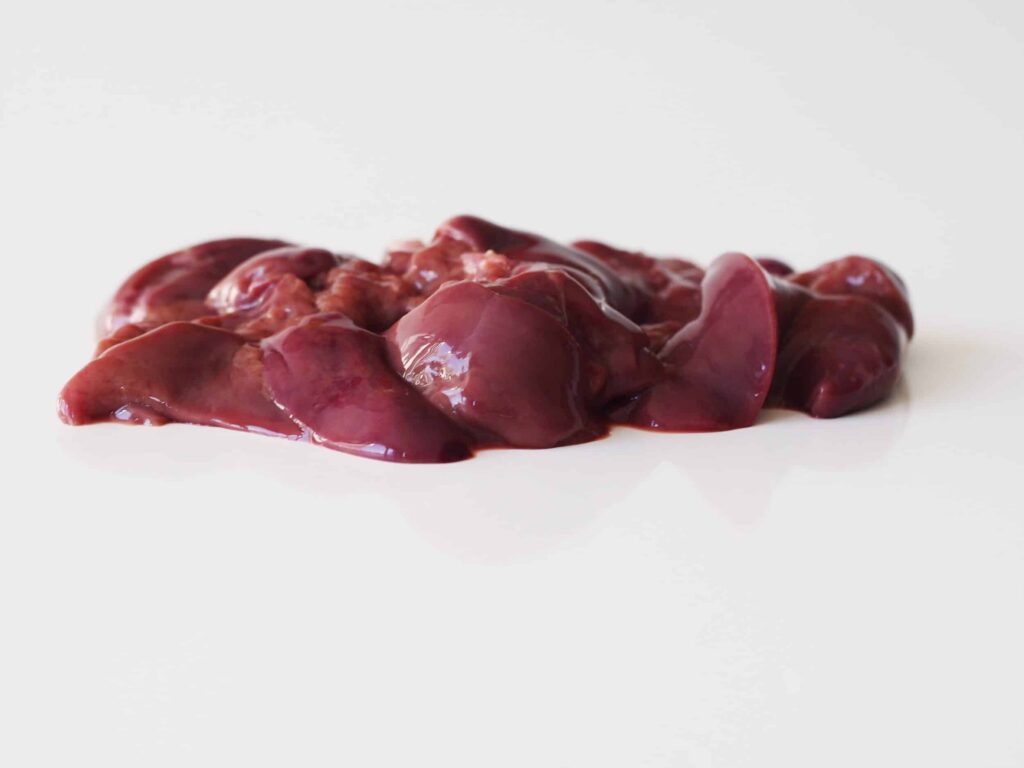
6. Dried Fruit
Dried fruit is a fantastic choice to eat for simple iron absorption because it may be a fantastic source of iron and is also high in vitamin C.
Dried fruit like raisins, apricots, figs, and prunes contain lots of iron — just a small amount of it can boost your intake. However, dried fruit also contains lots of sugar, so try not to eat too much. Your five-a-day consists of about 30 g, or 1 tbsp, of food.
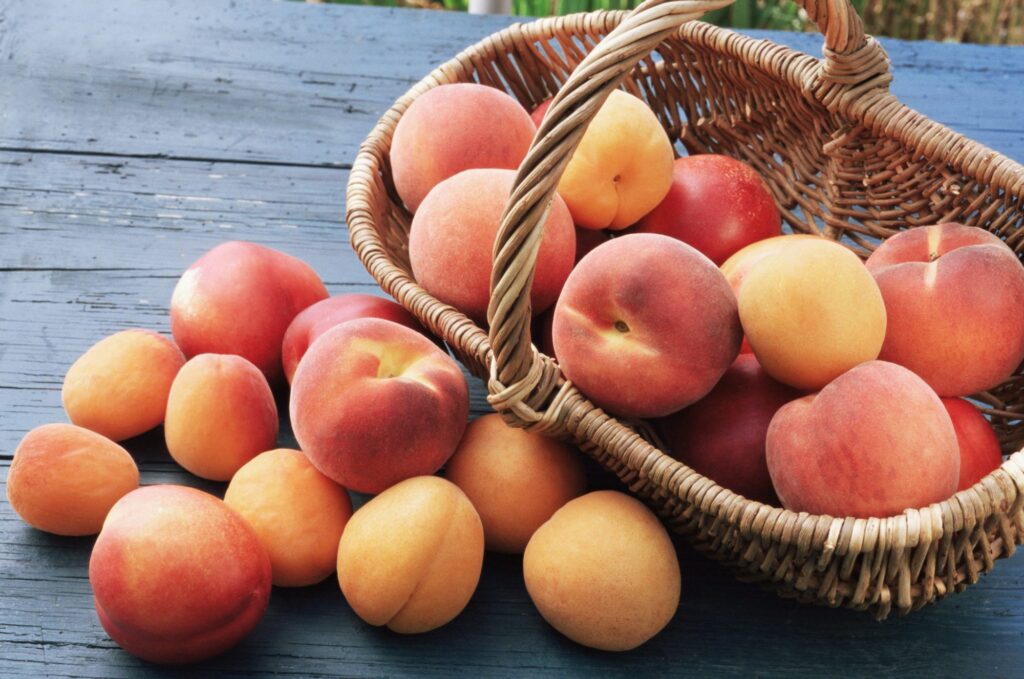
7. Fish
They are also a great source of iron, with salmon providing 0.25 mg per 100 g, tuna offering 1.02 mg, and mackerel offering 1.63 mg per 100 g.
Salmon is fantastic since it is an oily fish, which means it has a lot of other nutrients in addition to iron, Salmon is a good source of iron likewise, prawns, mackerel, haddock, and tuna. A family of lipids called omega-3 found in oily fish is favorable for your health.
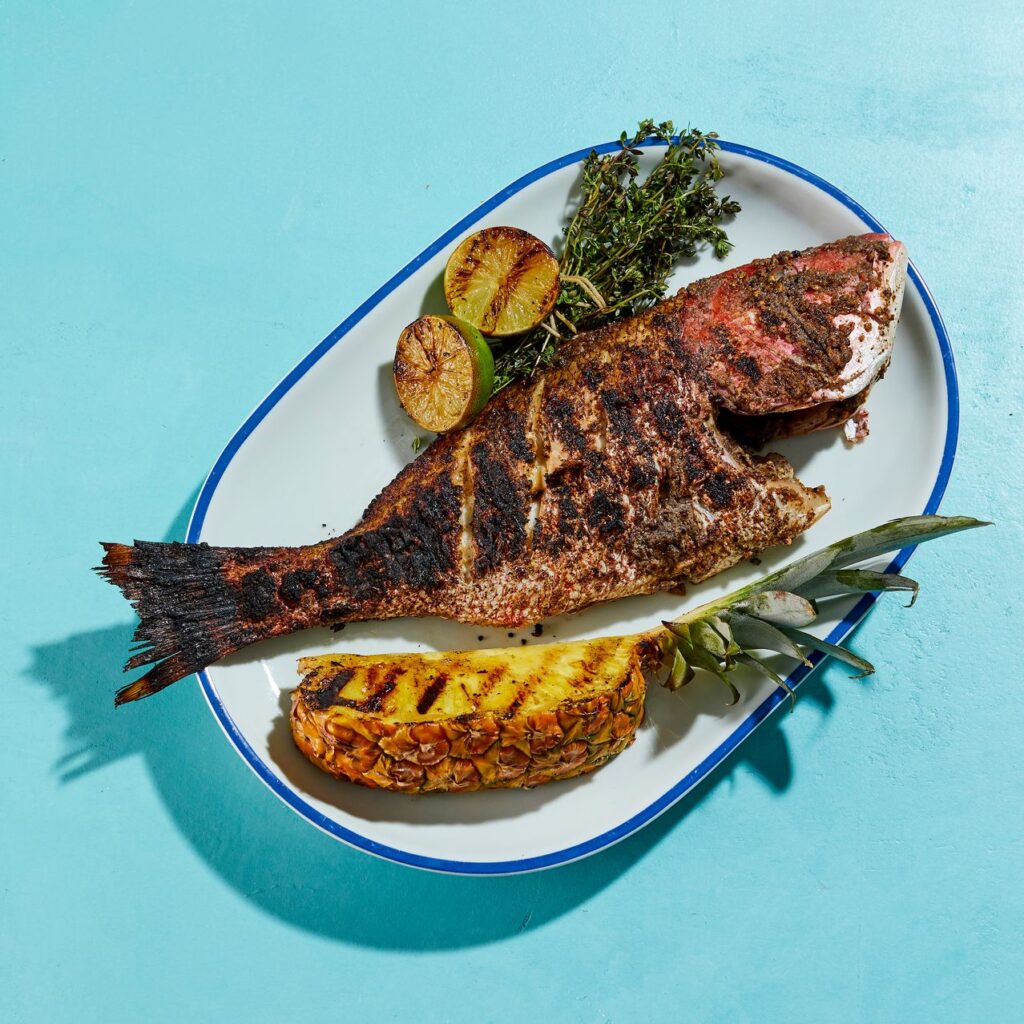
8. Quinoa
Popular grain quinoa is referred to as a pseudocereal. The amount of iron in one cup (185 grams) of cooked quinoa is 2.8 milligrams, or 16% of the DV.
Additionally, quinoa is a fantastic option for those who have celiac disease or another type of gluten intolerance because it is gluten-free.
In addition to being rich in folate, magnesium, copper, manganese, and many other minerals, quinoa has a higher protein content than many other cereals.
Quinoa also contains more antioxidant activity than a lot of other cereals. Antioxidants assist in preventing cell deterioration brought on by free radicals, which are produced throughout metabolism and in reaction to stress.
9. Eggs
Vegetarians who might not wish to eat other animal-sources of iron, whole chicken eggs are a suitable choice for a snack or the protein component of a meal because they are nutritionally rich in other vitamins and minerals and provide 1.67 mg of iron per 100 g.
As opposed to plant-based diets, animal goods like meat and eggs make it easier for your body to absorb iron. Therefore, if you decide against eating meat, eggs are a good way to increase your iron consumption.
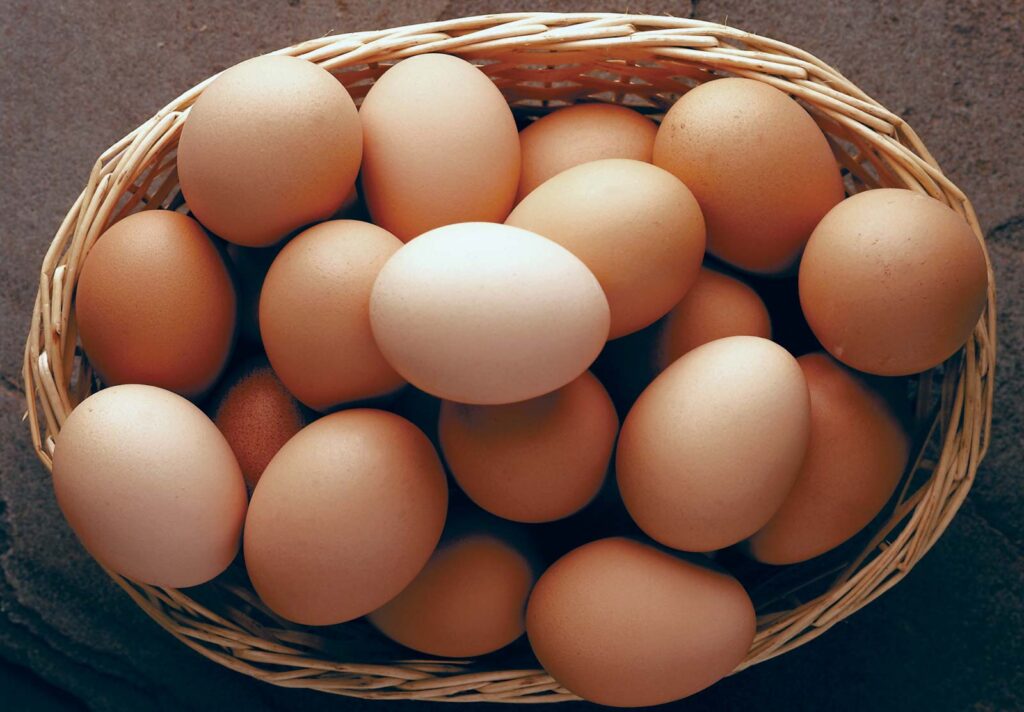
10. Dark Chocolate
Dark chocolate is both tasty and healthy. Iron content in a 1-ounce (28-gram) serving is 3.4 mg, or 19% of the DV. Also, this tiny amount contains 15% and 56% of the DVs for magnesium and copper, respectively.
It also has prebiotic fiber, which feeds the beneficial microorganisms in your gut. According to a study, the antioxidant activity of acai berry and blueberry powders and liquids was inferior to that of cocoa powder and dark chocolate.
Additionally, studies have demonstrated that chocolate lowers cholesterol and may lower your risk of heart attacks and strokes.
All chocolate is not made equal, though. The health advantages of chocolate are attributed to substances called flavanols, and dark chocolate has a significantly higher flavanol content than milk chocolate. To get the most benefit, it is therefore advisable to ingest chocolate that has at least 70% cocoa.
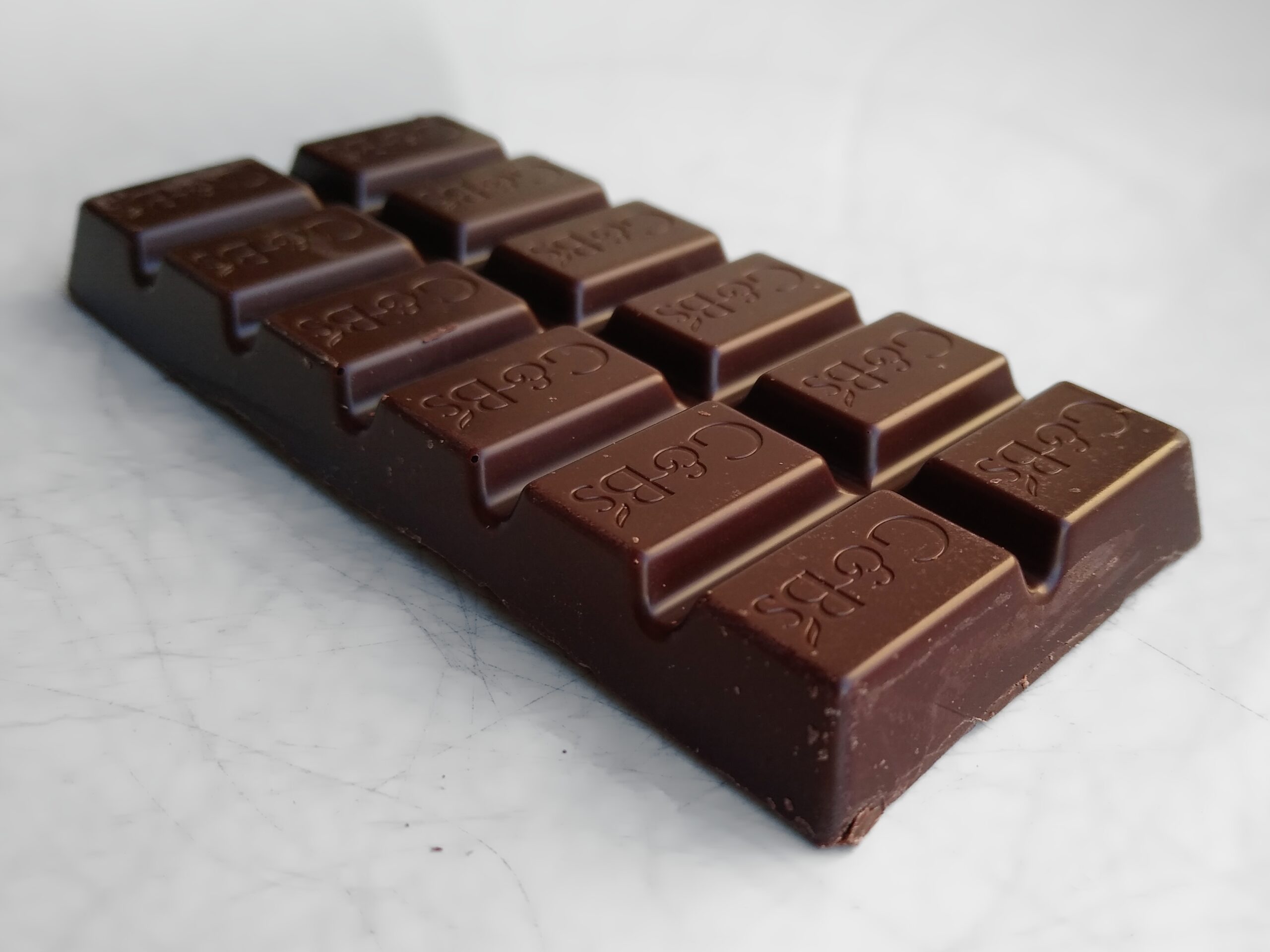
11. Tofu
Tofu, a soy-based meal, is well-liked by vegetarians and is also available in various Asian nations. 3.4 mg of iron, or 19% of the DV, are present in a half-cup (126-gram) serving .In addition, thiamine and a number of minerals, such as calcium, magnesium, and selenium, are present in tofu in good amounts. Additionally, each dish contains 22 grams of protein.
Isoflavones, which are unique substances found in tofu, have been associated with enhanced insulin sensitivity, a lower risk of heart disease, and relief from menopausal symptoms.
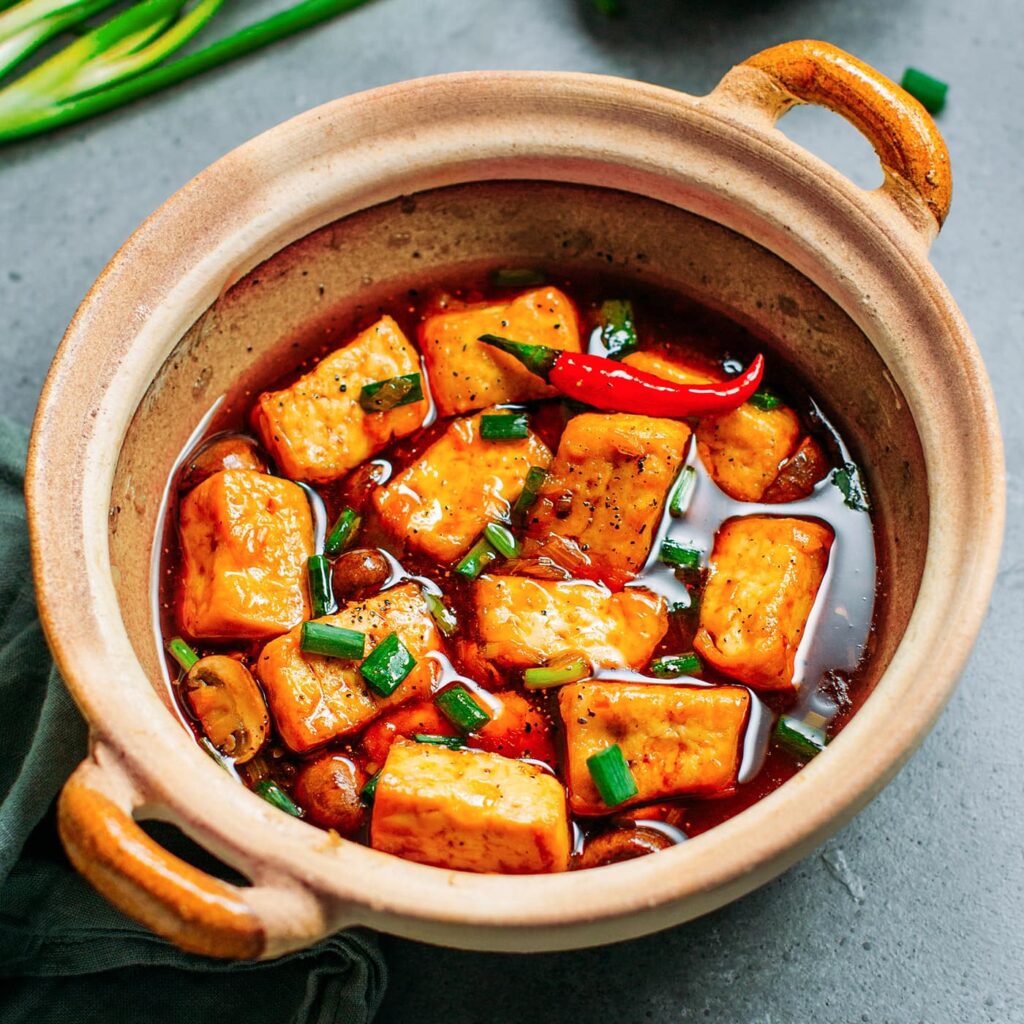
12. Turkey
Turkey meat is a delicious and healthy food. Additionally, black turkey flesh in particular is a significant source of iron.
The amount of iron in a 3.5-ounce (100-gram) serving of dark turkey flesh is 1.4 milligrams, or 8% of the DV. The amount of white turkey meat only has 0.7 milligrams in contrast.
Additionally, each serving of dark turkey meat has a whopping 28 grams of protein, as well as various B vitamins and minerals, such as 57 percent of the DV for selenium and 32 percent of the DV for zinc.
Turkey is a high-protein dish that can help you lose weight since it makes you feel full and speeds up your metabolism after eating.

13. Broccoli
Broccoli is a very nutrient-dense vegetable. Cooked broccoli contains 1 mg of iron per 1-cup (156-gram) serving, or 6% of the day value (DV).
Additionally, broccoli contains 112 percent of the daily value (DV) for vitamin C, which improves the body’s ability to absorb iron.
The same serving size also has a high folate content, 5 grams of fiber, and a little amount of vitamin K. The cruciferous vegetable family, which also includes cauliflower, Brussels sprouts, kale, and cabbage, includes broccoli as a member.
Glucosinolates, indole, and sulforaphane are plant chemicals found in cruciferous vegetables that are thought to prevent cancer.
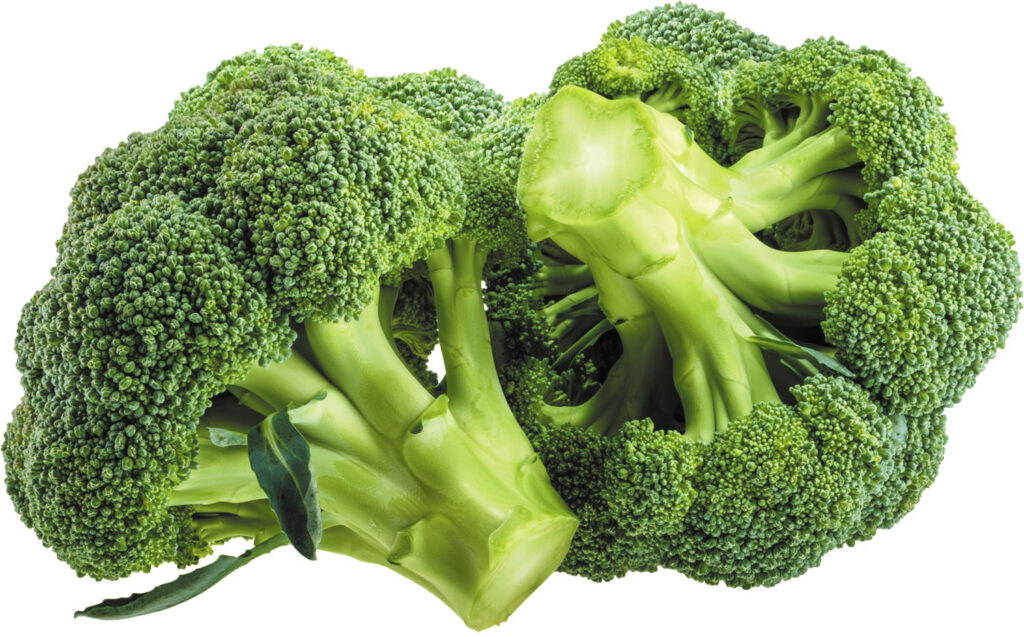
Conclusion
Since your body cannot create iron on its own, it is a vital mineral that must be frequently eaten. However, it should be understood that some persons must restrict their consumption of red meat and other heme iron-rich meals.
Also, the majority of people can simply control how much of food they consume. If you don’t consume meat or fish, keep in mind that consuming plant-based iron sources together with a supply of vitamin C will help increase absorption.
